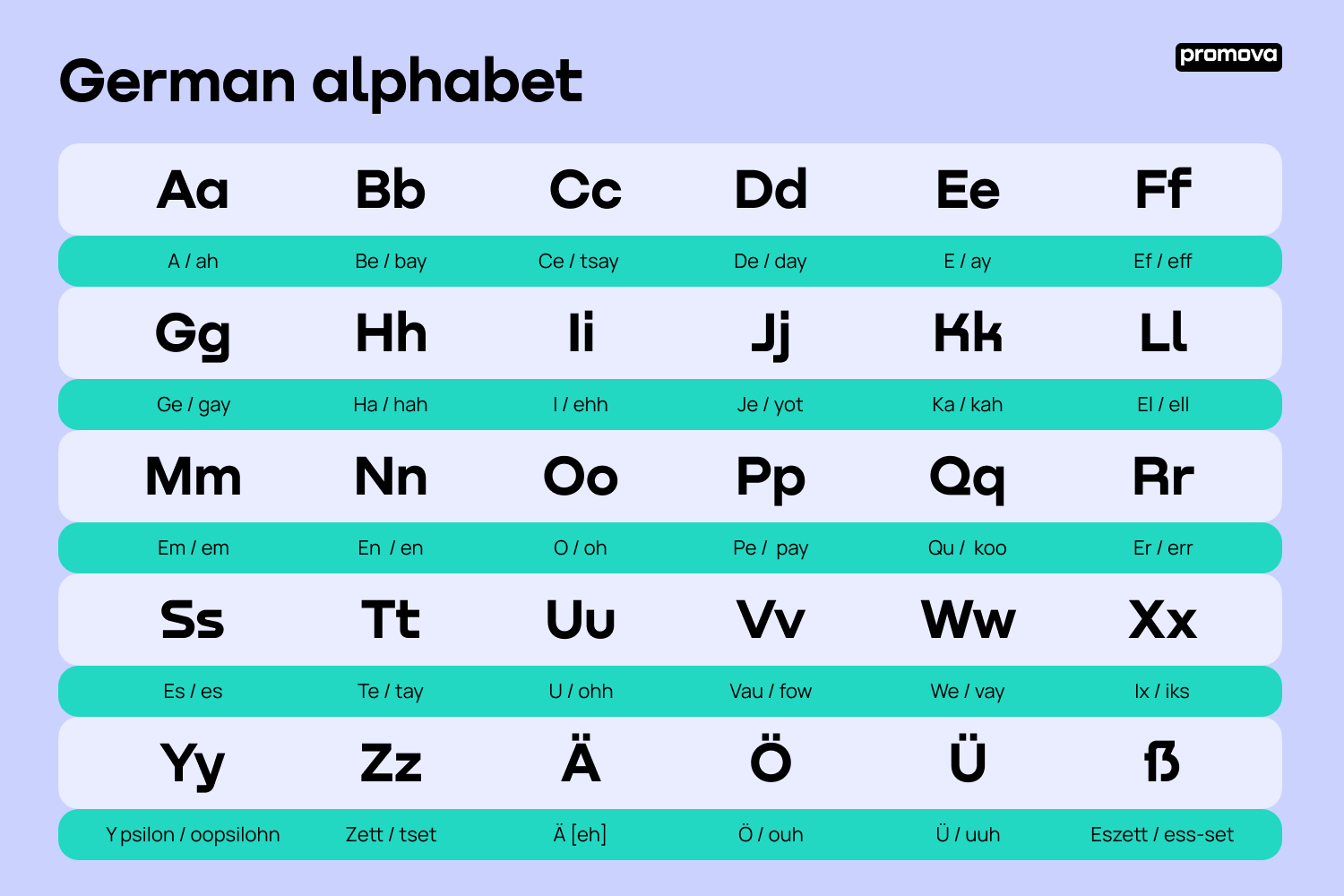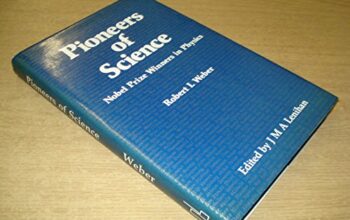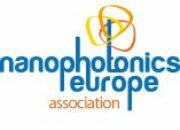The realm of particle physics is undergoing an epochal transformation with recent developments concerning linear collider technology. Renowned for their role in probing the fundamental fabric of matter, linear colliders offer a unique advantage over their circular counterparts, namely, reduced synchrotron radiation losses and the potential for higher collision energies. This article narrates the triumph of a German laboratory in the Linear Collider Contest, elucidating the implications of their technological innovations and the anticipated contributions to the field of high-energy physics.
Linear colliders represent an innovative paradigm in particle acceleration, whereby electrons and positrons are accelerated along a straight path. The design ostensibly aims to harness the precision of particle collisions to dissect the complex mechanisms governing fundamental forces and particles. The recent contest, officially termed the “Linear Collider Contest,” sought to identify collaborative projects that could propel the development of next-generation linear colliders. A German lab, noted for its rigorous research ethics and pioneering advancements, emerged victorious due to its avant-garde approach, amalgamating cutting-edge technology with exceptional theoretical foundations.
The contest underscored several criteria for success, including technical feasibility, innovative design, and alignment with international standards in particle physics research. The German lab’s proposal emphasized a hybrid approach incorporating superconducting technology, which leverages the comparatively reduced energy losses at cryogenic temperatures, thus allowing for high-energy operations. This technological integration not only improves efficiency but also broadens the scope for exploring Higgs boson properties and potential supersymmetric particles. Consequently, this initiative has attracted global attention and set a benchmark for future projects.
In the wake of this achievement, one must consider the multifaceted implications for the scientific community. With the impending construction of the proposed collider, physicists anticipate an influx of data analogous to the illuminative discoveries witnessed during the Large Hadron Collider operations. The insights gained from high-energy collisions will augment the existing knowledge base surrounding the Standard Model of particle physics while simultaneously providing a critical platform to test theories beyond conventional paradigms.
Moreover, the interdisciplinary nature of the project warrants a comprehensive approach to its educational component. The German laboratory’s strategy incorporates outreach and collaboration with academic institutions, designed to inspire the next generation of physicists. By facilitating workshops, seminars, and collaborative research initiatives, the lab endeavors to cultivate a fertile environment for burgeoning scientific inquiry. This paradigm not only democratizes access to knowledge but also actively engages students with the practicalities of experimental physics.
In terms of scope, the linear collider has far-reaching implications beyond merely high-energy physics. The potential applications of the acquired data could transcend traditional boundaries, influencing fields such as cosmology, materials science, and beyond. For instance, the potential discovery of dark matter candidates within the collider’s energetic framework could illuminate understanding in modern astrophysics. By clarifying the mechanisms behind particle interactions, researchers can derive correlations that are pivotal to comprehending the universe’s structural integrity.
In parallel, this achievement heralds significant advancements in detector technology. As particle collisions occur at unprecedented energy levels, the necessity for innovative detection methodologies becomes paramount. The development and deployment of sophisticated detectors capable of accurately capturing particle interactions and trajectory patterns ensure that data retrieved will be of the highest fidelity. The German lab’s proposal integrates state-of-the-art sensor technology with AI-driven data analysis techniques to facilitate real-time processing, thereby maximizing the collider’s operational capabilities.
Furthermore, collaboration is a crucial element that cannot be overstated. The laboratory’s efforts resonate with international efforts towards establishing the International Linear Collider (ILC) concept. The German team’s victory not only solidifies their prominence in the global scientific arena but also signifies a collaborative endeavor aimed at synthesizing superior technologies across borders. Engaging with top-tier global institutions fosters an exchange of ideas, accelerating innovation through shared expertise and resources.
However, as with any groundbreaking initiative, challenges abound. Funding constraints, engineering complexities, and international regulatory frameworks present formidable obstacles that must be navigated prudently. The ability to secure consistent funding is fundamental for maintaining momentum and ensuring that experimental milestones are met within stipulated timelines. Addressing these challenges requires meticulous planning and unwavering commitment from all stakeholders engaged in the project.
In conclusion, the German laboratory’s triumph in the Linear Collider Contest marks a significant milestone in the pursuit of advancing particle physics. The commitment to pioneering technological innovations, coupled with a profound understanding of collaborative science, positions this initiative at the forefront of contemporary research. The anticipated achievements promise to yield profound insights into the fundamental constituents of the universe, with lasting impacts that will reverberate through generations of scientists to come. As humanity stands on the cusp of this new frontier, it becomes imperative to foster an ethos of curiosity and inquiry that transcends national boundaries, propelling scientific advancement toward a collective future.










